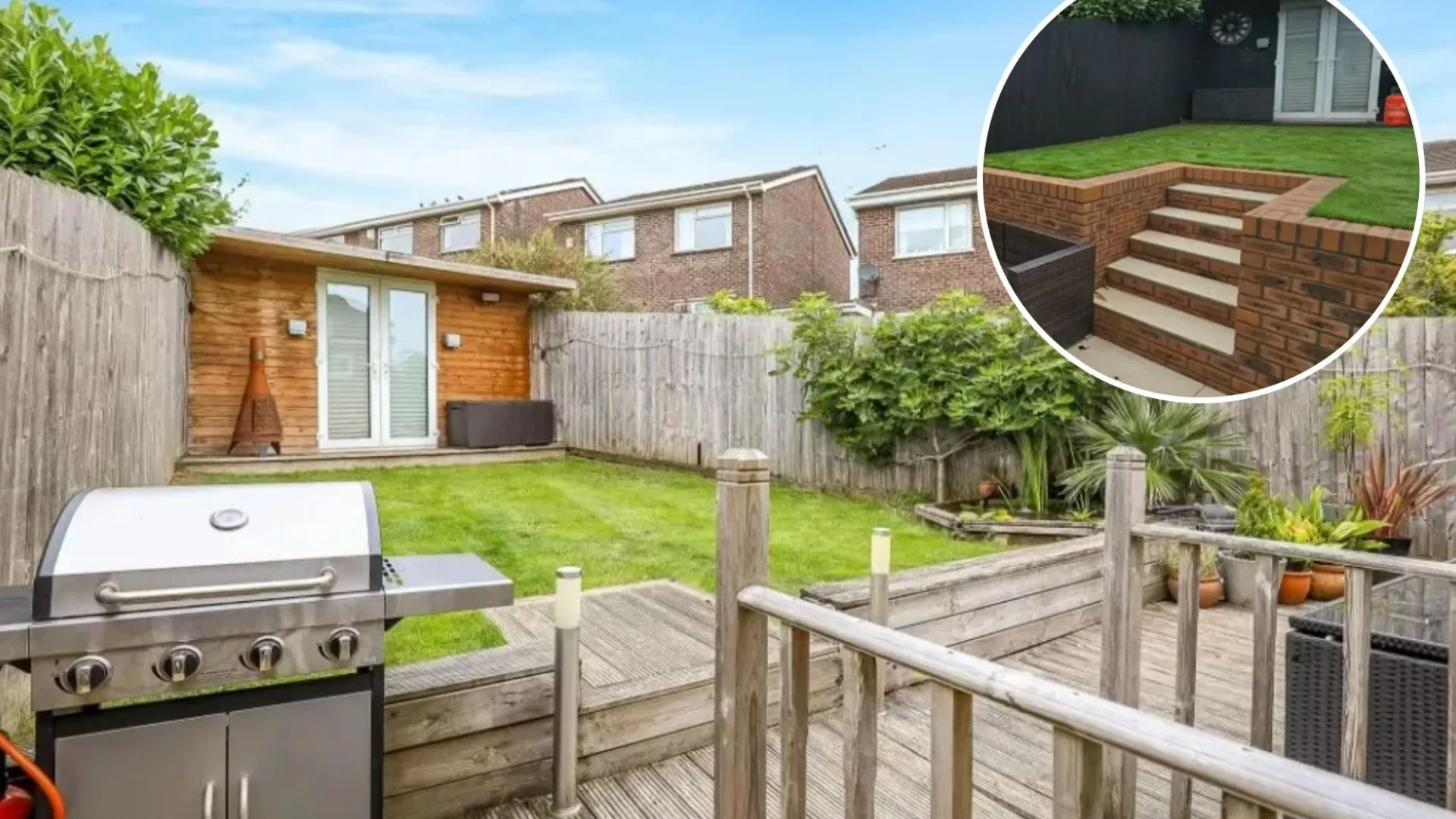IT’S very important to know your rights if you are embroiled in a fence row with a neighbour.
How do I know which side I own?
A boundary feature can be a fence, wall, hedge, ditch, piece of wire, or sometimes even just the edge of a driveway.
The only way to know for certain who owns what side and to avoid any neighbour disputes, is to refer to the title plan or Land Registry.
In this, the T mark is used to indicate who the boundary belongs to and therefore who is responsible for its upkeep, say pros at Jacksons Fencing.
Larger developments tend to have some indication provided by the builder, but there are no hard and fast rules
People often think they are responsible for the left (or right) hand boundary wherever they live, but there isn’t any legal basis for this.
You can check with HM Land Registry to see which boundary feature you are responsible for.
Often households can’t get hold of the paperwork but experts say they shouldn’t panic.
Homeowners can guess who owns the fence by checking where the rails are.
Pros say: “The fence is typically facing away from their property so that their neighbour gets the ‘good’ side.
“This is the most secure way of facing fencing so there are no rails for anyone to use to climb into your garden.
“This is then repeated with the neighbour on the other side to ensure that each home has both a ‘good’ and ‘bad’ fence side.”
Walls and fences are often built on the land of the boundary’s owner with the edge of the wall marking the limit.
While professionals agree a glimpse at the fence can give you a hint, it’s not foolproof – so you can’t be certain.
Fines and punishment
It is recommended to always check legal documents before making changes to avoid hefty fines.
There is no law that the neighbour has to get the good side of the fence, so it’s completely up to whoever owns the fence.
Fencing pros have suggested: “It may be worth selecting a double-sided panel with no ‘bad’ side as both sides look the same and rails are concealed within the fence panel.”
If one boundary backs onto a road or footpath you can install the panels with the rails on the inside
But if it’s installed on the outside, it can provide an “easy ladder for burglars to enter your garden”.
The Royal Institution of Chartered Surveyors (RICS) and the Property Litigation Association have created a mediation service to help neighbours resolve disputes over their property boundaries without resorting to court action.
RICS also provides a list of surveyors who could assist in boundary disputes.
If a dispute continues, it is ultimately a court that makes decisions, but they do not like such disputes being put before them.
Changing a boundary
If you want to change an existing boundary, such as replacing an old fence with a new one, we always recommend discussing with your neighbour first and making sure it is all agreed.
The registered titles can help you to reach an agreement, but only if this information has been added.
In terms of decorations on a fence legal advisers recommended asking around over who actually first installed it.
But they also urged caution before getting to work on amending the fence without getting more certainty yourself – since there is a danger of actually being prosecuted for criminal damage.
How high can a garden fence be?
The height of the fence is measured from your ground level, this can have an impact when, due to slopes in the ground, your garden may be at a higher level than your neighbours‘.
A garden fence can be as high as 100m but you need to get planning permission if it’s over than 2m.
However, there are some complications to this.
If you are thinking about front garden fences, restrictions state that fences alongside a driveway can be a maximum of 1m or 3ft.
You would need to get planning permission for putting a trellis on a fence of 2m.
But, if any plant that you grow on that trellis exceeds 2m, you do not need to obtain a permit for the growing plant.
